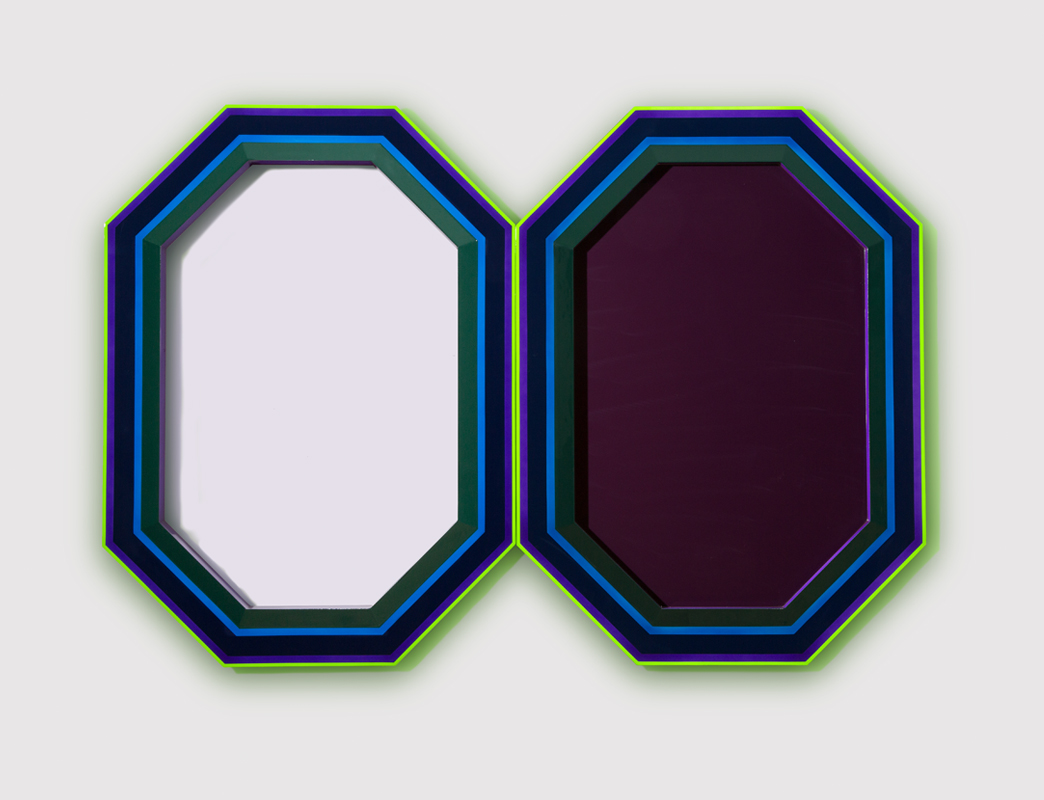Firelei Báez is interested in how culture and identity are shaped by inherited histories. Her work reveals the incomplete nature of our communal stories while constructing more egalitarian social narratives so a more equitable future might emerge.



